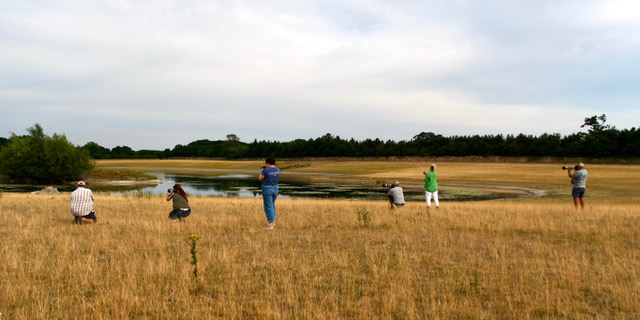New Photo Work-shop

Last month we held our first Photography Workshop at Watatunga and it was such a success that we are hosting another one on 15th between 5:30pm and 8:30pm and you can book by clicking HERE.
Ahead of this unique experiences, we have some tips to really make the most of the evening.

As the days get shorter and the nights get longer, many people find themselves avoiding photography because they think it will be too difficult to take good pictures in the evening. But with a little bit of know-how, you can actually take some amazing photographs once the sun starts to set. On Thursday, September 15th, we will be teaching you how to make the most of the fading light and capture some beautiful photos.
As the sun starts to lower in the sky, the animals begin to come out, the perfect time to capture them in their natural habitat, doing what they do best. Whether it’s playing, eating, or just relaxing, so if you’re an amateur photographer who loves spending time outdoors, and want to capture these animals when they are the most active then this course is for you.


Late afternoon is the best time to photograph wildlife, as the light is softer and the animals are more active.
We will be getting you off automatic and aperture priority mode and onto fully controlling your camera.
Use a telephoto lens to get close-up shots of animals without disturbing them.
You will need a lens that is 70mm upwards. We sometimes get very close to the animals so bring a a lens that will allow for flexibility e.g. 70 – 200 or 100-400
Know your ISO setting
If you’re hoping to capture quality images, it’s important to know your camera’s capabilities. By testing your camera’s highest ISO setting, you can ensure that you’re able to take acceptable pictures even in low-light situations. Simply take multiple pictures of the same object with different ISO settings to see what results you get. With a little experimentation, you’ll be able to get the perfect shot every time.


Get to us early
In order to make the most of your photography experience, so if you are unfamiliar on how to set your camera to manual it’s important to arrive early and Jim will help you get comfortable with manual mode.
Arriving early will also give you time to ask any questions you might have about the trip.
Bug Spray
As the sun sets, the temperature drops and the bugs come out. Make sure you bring some spray.
Rain
Photographing in the rain can be a challenge, but it can also be a lot of fun. Check whether your camera is protected from the elements. A weather-sealed camera is ideal, but if you don’t have one, be sure to use a waterproof camera bag or cover or you can simply stay in the trailer and keep everything dry.

Help us Help you.
When it comes to cameras, there are many different models and lenses available on the market. So, the camera you are planning on using for your photography experience, please let us know in advance. This way, we can learn more about the camera and be better prepared to assist you if needed.
Review the pictures over a coffee.
A picture is worth a thousand words, but how many of those words are good? You will get the opportunity to review your favourite photo from the trip. Over coffee and biscuits we will demonstrate some Photoshop tips and tricks, so you can learn how to make your pictures look their best.
